India sets plan to create world’s longest river to reduce floods and droughts

Scientists warn about serious consequences on ecosystems and coastlines
Scientists warn about serious consequences on ecosystems and coastlines
In an attempt to boost water supply in states in need and prevent floods at others, the Indian government is backing a project called The Inter Linking of Rivers (ILR). While the idea of ILR scheme dates back to the British rule time in India, the latest version of the plan is to link 30 large rivers in the Himalayas and Deccan Peninsula via 30 mega-canals and 3000 dams. More specifically, 14 rivers in north India and 16 in the rest of the country are about to be linked, creating a water network 12,500 km long - twice the length of the Nile. Apart from reducing droughts and floods, the project would also create 35 million hectares of arable land, as well as the means to generate 34,000 MW of hydropower.
India’s National Water Development Agency has already completed detailed project reports for three key initial river links – the pilot link between Ken and Betwa rivers in northern and central India; Daman Ganga and Pinjal rivers in western India; and Par and Tapti rivers in western and central India. A feasibility report of a fourth link between three Himalayan rivers – Manas, Teesta and Ganges – is in the final stages of preparation. The Ministry of Environment and Forests gave approval in September for the pilot link to begin, even though it will result in the destruction of an estimated 4,100 hectares of forest, including a 10% of the Panna Tiger Reserve area according to ecologists.
However, scientists oppose to this grandiose plan, pointing out new studies showing a significant decrease in the monsoon rainfall over major water surplus river basins and an increase in deficit basins. ‘What may appear as water deficient today may become water surplus in the future due to climate change. So, how do you justify inter-linking?’, says study author Sachin Gunthe at Indian Institute of Technology, Madras.
Geologists also worry that the project will cause a disturbance of the ecosystem: ‘Most rivers are fed by monsoon rains and have built large floodplains and deltas over the years,’ says Vedharaman Rajamani at the Jawaharlal Nehru University in New Delhi. ‘Pushing rivers around through ILR disrupts the supply of sediments and nutrients downstream’, negatively affecting agriculture as ‘rivers recharge aquifers near farmland. Besides, rivers are critical to freshwater biodiversity, including fish, and carry nutrients to marine life’, he adds. Apart from its great value in agriculture, flooding also protects the coastlines from erosion, as it carries huge volumes of silt. ‘A river is not just a natural pipe through which water flows,’ says geologist Chittenipattu Rajendran at the Jawaharlal Nehru Centre for Advanced Scientific Research, Bangalore. ‘It carries deposits and sediments. Dams trap sediments that are critical to habitats downstream.’
Source: New Scientist
Source: New Scientist
Media
Want to read more like this story?
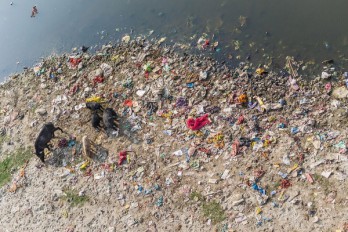
The severely polluted Yamuna River in India and its clean-up project
Dec, 14, 2017 | NewsBetter late than never, the Indian government has finally made river clean-up an important priority...
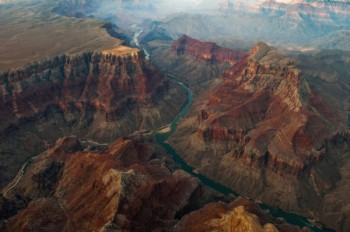
Colorado River Tops Endangered Rivers List
Apr, 07, 2015 | NewsThe environmental group American Rivers, released a list of the top ten rivers in the country facing...
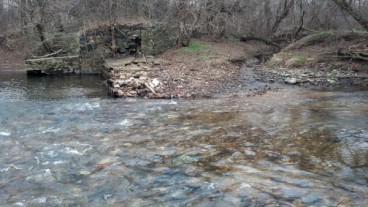
Life After Dam Removal, Rivers Respond Quickly
Apr, 30, 2015 | NewsA study performed by the U.S. Geological survey and published in Science reveals that rivers respond...

Meet the River Turbine: a reliable source of continuous renewable energy
Dec, 16, 2016 | NewsIt can provide up to 12 kWh of power daily It can provide up to 12 kWh of power daily The Quebec...

India accelerates Upper Siang Dam to counter China’s mega hydropower project
Sep, 30, 2025 | NewsIndia is moving ahead with plans to construct a massive dam in the northeastern state of Arunachal...

Largest dam removal in US history reaches important milestone
Jan, 11, 2024 | NewsThe largest dam removal in the history of the United States is currently taking place on the Klamat...
The five longest bridges in India
Dec, 19, 2022 | NewsThe bridges of India are more-than-welcome steel-and-iron giants, reaching far and wide while overc...
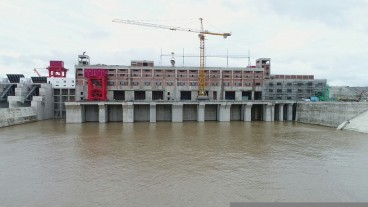
Study shows that hydropower dams reduce the temperature of rivers
Mar, 06, 2020 | NewsA new study, published in the Environmental Research Letters journal, focuses on the impact of hydr...
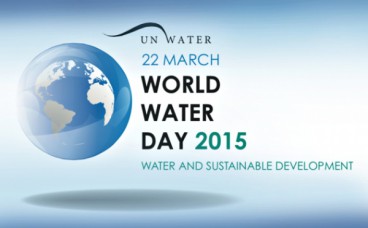
March 22nd is World Water Day!
Mar, 22, 2015 | NewsSince 1993, the United Nations has designated March 22nd of each year as World Water Day, a day dedi...
Trending

Vertical gardens in Mexico City to combat pollution

Saudi Park Closed After 360 Big Pendulum Ride Crashes to Ground, 23 injured

Characteristics of Load Bearing Masonry Construction

Taipei 101’s impressive tuned mass damper

Dutch greenhouses have revolutionized modern farming

Federal court rules Biden’s offshore drilling ban unlawful


